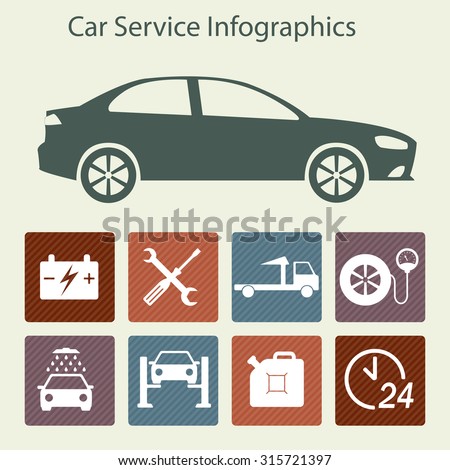A Basic Guide To Comprehending The Caution Lights On Your Car
A Basic Guide To Comprehending The Caution Lights On Your Car
Blog Article
Authored By-Schwartz Kemp
When you lag the wheel, those little warning lights on your auto's control panel can be quite bewildering. What do they indicate, and should you be worried? Comprehending these signals is essential for your automobile's health, however it does not have to be a complicated task. By deciphering the secret behind each light, you'll be furnished to manage potential issues effectively and maintain your car running efficiently. So, following time a caution light flashes, do not panic - arm on your own with understanding and take control of the situation.
Value of Cars And Truck Warning Lights
Comprehending the significance of your automobile's caution lights is essential for preserving your automobile's health and safety. These lights work as your car's communication system, signaling you to potential concerns that might endanger your safety on the road or lead to costly repair work if disregarded. By paying attention to these cautions, you can deal with issues early and prevent additional damages to your car.
Overlooking cautioning lights can result in major repercussions, such as engine failure, brake malfunctions, or perhaps crashes. These lights are designed to notify you of problems varying from reduced tire stress to engine malfunctions, providing you the opportunity to do something about it before the scenario worsens. Consistently examining and comprehending these warnings can save you time, money, and guarantee your safety and security while driving.
Along with keeping you secure, responding promptly to advising lights can also help lengthen the life expectancy of your automobile. By dealing with concerns early on, you can protect against tiny issues from intensifying into significant repair work, eventually conserving you time and money over time. Remember, your auto's warning lights are there for a factor - do not disregard them!
Common Warning Lights and Meanings
When it concerns driving your car, recognizing common caution lights and their definitions is important for your safety and automobile maintenance. Below are a few usual caution lights you may run into:
1. ** Check Engine Light **: This light shows a problem with your engine. Maybe something small like a loosened gas cap or something more significant like engine misfiring.
2. ** Battery Light **: This light signals a problem with your automobile's billing system. https://thepost.nz/2022/07/26/automotive-repair-and-maintenance-services-market-future-scope-up-to-2028-goodyear-tire-rubber-discount-brake-auto-repair-monro-muffler-brake-jiffy-lubes-international-copyright-interna/ could indicate a malfunctioning battery, generator, or various other associated parts.
3. ** Oil Pressure Light **: When this light begins, it indicates your engine may be running low on oil or experiencing reduced oil pressure, which can result in engine damage if not resolved quickly.
4. ** Brake System Light **: This light shows a concern with your braking system. https://brake-change-cost17272.blog-gold.com/38710043/accelerate-your-expertise-recognizing-the-services-supplied-by-car-fixing-shops can mean reduced brake fluid degrees or a trouble with the brake system that requires prompt interest.
Recognizing these common caution lights will assist you determine potential concerns early on and avoid more considerable problems in the future.
How to Reply To Caution Lights
In the event that a caution light illuminates on your cars and truck's control panel, it's essential to respond quickly and properly. When a caution light comes on, the very first step is to consult your owner's guidebook to understand the particular concern indicated by the light.
https://brakes-plus95172.blog2news.com/31792116/are-you-interested-in-discovering-impressive-automobile-repair-shops-in-your-vicinity call for instant attention, while others might suggest a much less urgent matter. If the warning light is red or flashing, it's typically an indicator of a major issue that needs immediate action. In such cases, it's advisable to pull over safely, turn off the engine, and seek specialist help.
For yellow or orange caution lights, while they might not need instant focus, it's still important to address the hidden problem quickly to prevent more damages. Regular maintenance and inspection can aid stop alerting lights from coming on suddenly.
Conclusion
Finally, comprehending your auto's caution lights is important for preserving your car's health and safety. By regularly checking and replying to these warnings, you can deal with prospective concerns early and avoid costly fixings or security dangers. Remember to consult https://driverstrainingnearme40627.blog5star.com/31632423/an-important-source-describing-the-vital-equipment-in-each-automotive-service-center-revealing-the-approaches-for-reliable-automobile-maintenance for info on various warning lights and constantly take instant action for red or blinking lights. Remain proactive and keep your auto running efficiently!
